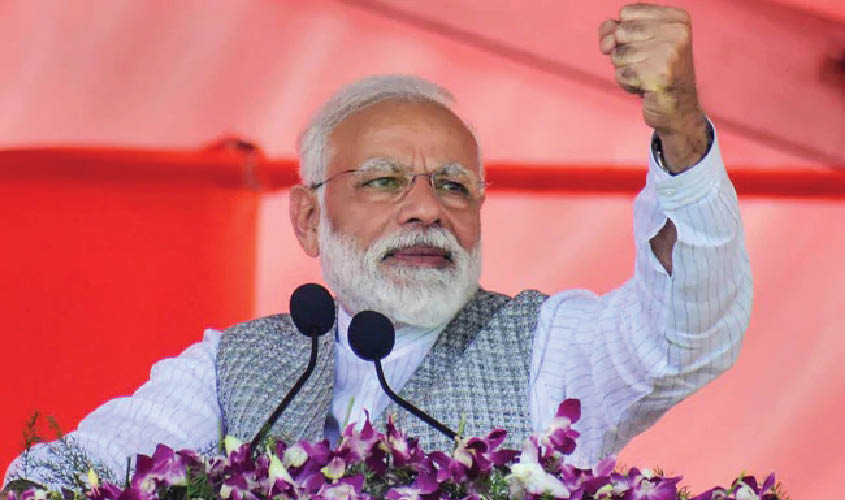The biggest democratic election in the history of the world has concluded, and Prime Minister Narendra Damodardas Modi has been given a second five-year term by voters. Since the time when Jawaharlal Nehru, riding on the aura of Mahatma Gandhi, whose chosen candidate for the most important job in India he was, ruled hearts across the country for about fifteen years before the 1962 war with China created waves of disillusionment with his performance in office. Before that, Nehru was given a sheaf of blank cheques on policy by the people of India. Although much of his party wanted to nourish a strong private sector, especially C. Rajagopalachari and Sardar Patel, the first Prime Minister of the Republic of India moved the country in the same direction the Soviet Union had taken after 1917. The “commanding heights” of the economy were reserved for the public sector, and as a consequence, Korean and Japanese companies (not to mention several
Despite such a legacy, history books almost glow in the dark with chapters on the genius of Nehru and his successor’s successor, Indira Gandhi. Roads, bridges, schools, colleges, hospitals and multiple other structures and institutions are named after the family. It is therefore small wonder that there may be a sense of entitlement and privilege in some of the descendants of Motilal Nehru, who ensured (again through the Mahatma) that Jawaharlal took over as All India Congress Committee President. Neither Lal Bahadur Shastri or P.V. Narasimha Rao were blind followers of Nehruvian policies, and both paid for such effrontery by being sharply attacked, in the case of Shastri by Vijaylakshmi Pandit (sister of Nehru) publicly and by Indira Gandhi (who was then a minister in the Shastri Council of Ministers) privately. In Rao’s case, senior Congress leaders were encouraged to split the Congress, and Sheila Dixit, Arjun Singh and Narain Dutt Tiwari led the rebels in attacking the Congress government of which till recently they were a part in merciless terms. The consequence was the rise of the BJP, which under Atal Behari Vajpayee was open in its respect for the Nehru legacy. Prime Minister Vajpayee adopted a policy of familial benevolence towards the Nehru family, and was much loved by their supporters as a consequence. It is only in 2014 that the shadow of the Nehru legacy began to move away from the centres of power, a shift that has become complete with the victory in the 2019 Lok Sabha campaign of Narendra Modi. The stunning victory of the PM has resulted in a tectonic shift in the polity of India that has been created by the societal change correctly discerned by PM Modi. The country can now be said to have moved fully from the Nehruvian era to the Modified era. Just as Nehru was given the freedom by an adoring public to fashion the policies of his choice, and to populate his government with people to his liking, PM Modi too has the freedom to change personnel and adopt the policies of his choice. Such is the support for Modi within the public that he has even more authority than Indira Gandhi did in her time. He has the same level of authority as Nehru in the 1950s. The people are looking for Modified India to move into double digit growth, to seize the geopolitical choices on offer and to ensure that all citizens and their institutions are treated the same, unlike when rules and laws, such as those involving freedom of movement and settlement throughout India are applied only to some. “Sabka saath sabka vikas” is the motto of PM Modi, and he will need to continue to work tirelessly in order to achieve this lofty goal.

